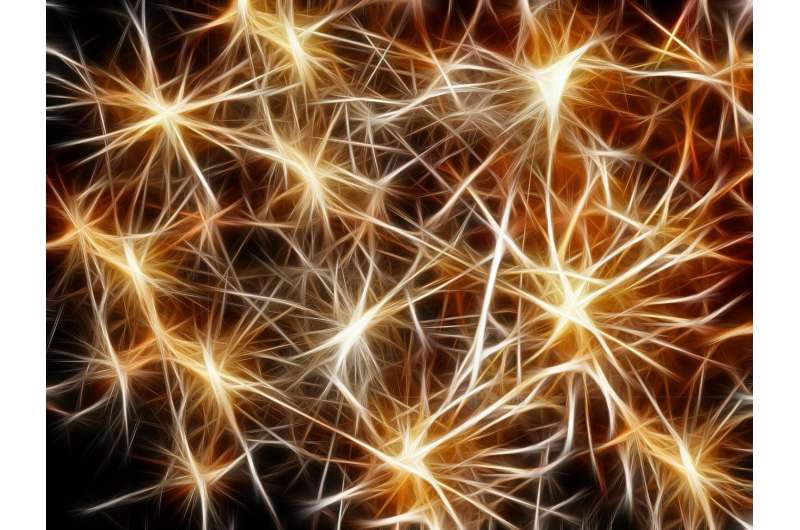Discovering the neural mechanisms of skill learning

Most people can swing a hammer, but most people cannot swing said hammer with the fluid speed and precision of a master carpenter. The difference is thousands of hours of practice and the systematic organization of hundreds of thousands of the brain's neurons.
"Practice makes perfect, in a pretty literal sense. When we improve at a skill over time, it is presumably driven by coordinated changes in our brain's neural representation of how that movement should be completed," explains Steven Chase, assistant professor of Biomedical Engineering and the Center for Neural Basis of Cognition at Carnegie Mellon University. "Yet, the link between how our brain reorganizes its neurons and how we learn a new skill is still largely unknown."
Chase was recently awarded the National Science Foundation (NSF) Faculty Early Career Development (CAREER) Award to discover the link between the neural reorganization and skill learning. With the award, one of the NSF's most prestigious awards in support of junior faculty, he will also research the behavioral factors that drive skill learning. Chase has been awarded an $800,000 five-year grant for his research.
An improved understanding of the science behind skill learning will have long-term impact on the clinical understanding of the progression of various motor control disorders, such as Parkinson's disease and stroke. His research may inform the design of targeted rehabilitation paradigms for those patient groups.
"You can imagine stroke as a sort of rewiring of the brain's system. Because parts of the brain are now dead, there are neurons that contribute completely differently to that circuit," explains Chase. "In stroke rehabilitation, the brain must learn to use those neurons in an appropriate way for this altered system. We want to understand how the brain does this learning."
A major challenge in studying skill learning is that most movements engage tens of thousands of neurons, and the link between any individual neuron and movement is not known. To overcome this problem, Chase and his lab will use a brain-computer interface, a device that allows the brain to control a computer cursor using thought alone, and observe how neurons change when mastering control of the device. By using a brain-computer interface, Chase says the group can interpret how changes in individual neurons combine to enable skill development.
"Sometimes our brain actually requires us to rebuild a neural circuit in order to make what was previously impossible, possible," explains Chase. "With this award, we will go deep into that process and answer the question: 'how do you rebuild those neural circuits?'"


















